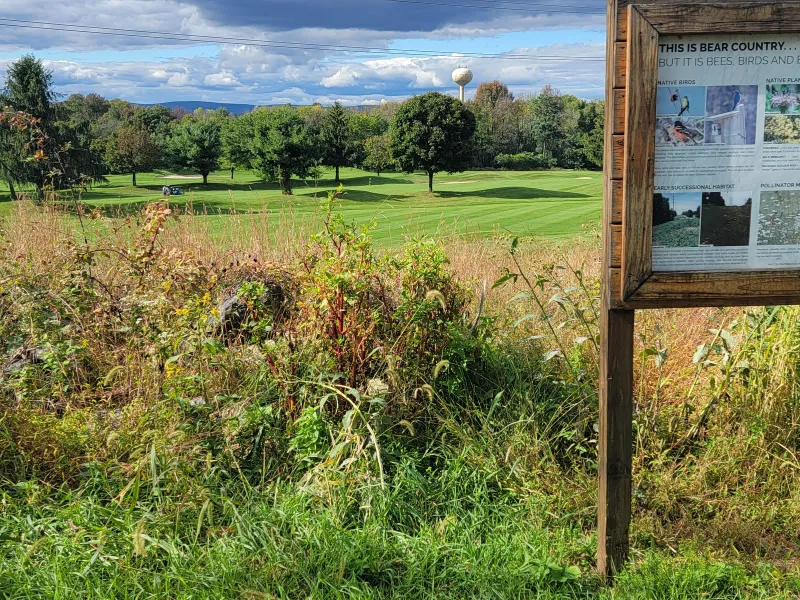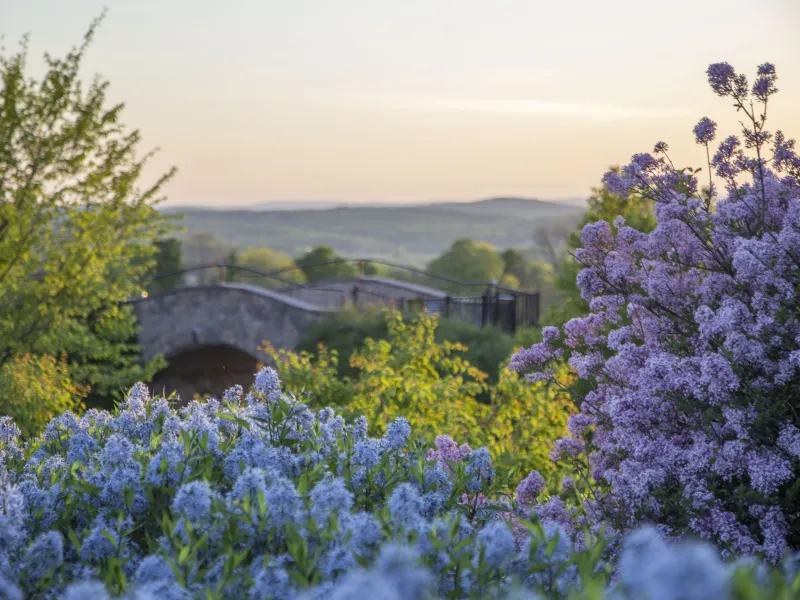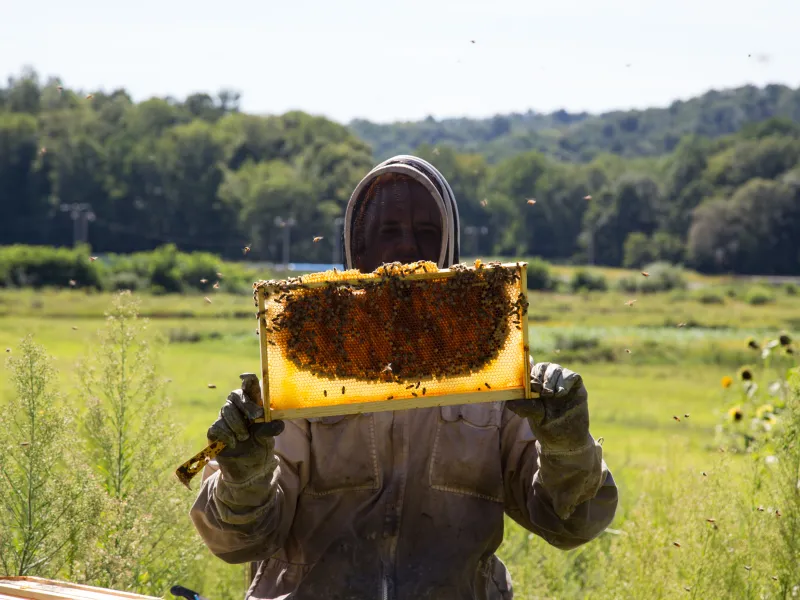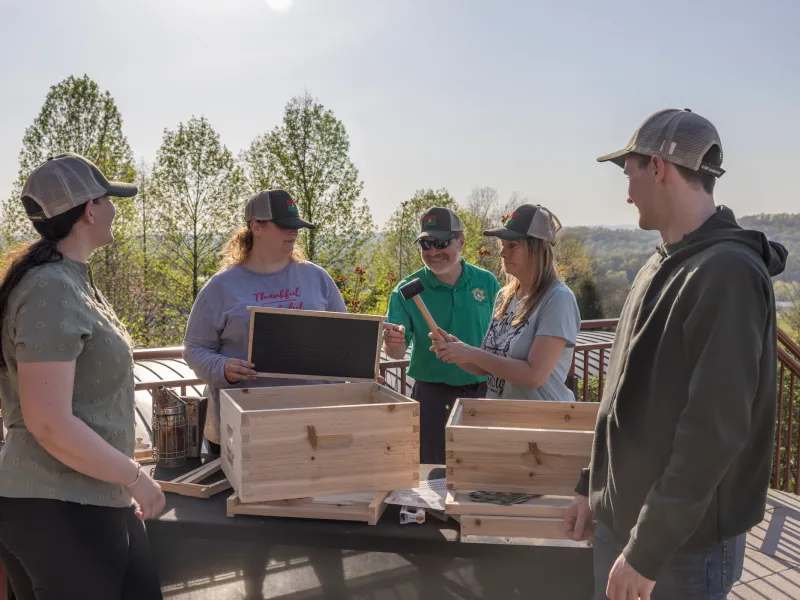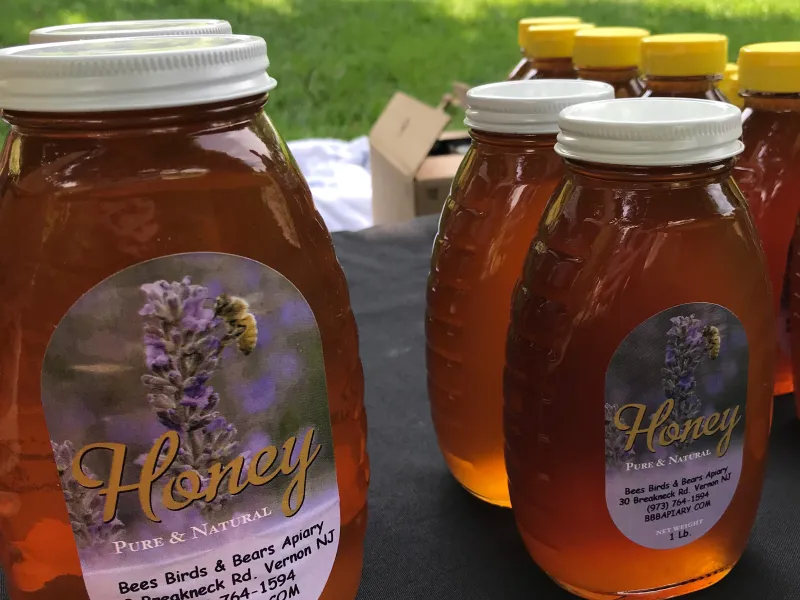BEE INITIATIVES
Crystal Springs Resort has increasingly become involved in a number of bee related initiatives with the goal of creating awareness regarding issues that are plaguing bees. Bees lie at the heart of our survival. They pollinate one in three bites of food we eat, and are essential to the health and prosperity of countless ecosystems. According to the Center for Biological Diversity, more than half of North America’s 4,000 native bee species are in decline, with one in four species at risk of extinction.
There are five primary threats to pollinators:
- Habitat Loss- With the expansion of industrial agriculture and human development, many habitats have dwindled, fragmented or disappeared completely. This includes natural spaces containing important forage and nesting sites for wildlife species, including pollinators.
- Climate Change - Changing climate conditions have caused dramatic shifts in temperatures, causing flowering plants to grow farther north and leave pollinator populations behind. Extreme weather patterns and events are disrupting ecosystems all over the world, making it hard for native bees to find the food and safe haven they need.
- Chemical Pesticides - Pesticides including neonicotinoids deter and kill unwanted pests and weeds on both a commercial and residential scale; however, they often destroy non-target species like bees as a consequence. Harmful pesticides and other environmental pollutants are a leading cause of pollinator declines.
- Invasive Plant Species - When humans introduce new species into a novel environment, these plants may have a competitive edge over the native species and overtake the local ecosystem. This can result in a loss of food for local bees, whose diets have evolved to feed on local plantlife.
- Diseases and Parasites - All of these factors have contributed to the spread of non-native parasites and diseases. Varroa mites have weakened honeybee populations, while the German yellow jacket feeds on native bees and honeybees. Fungus like Nosema bombi has been common in bumblebee species in decline.
